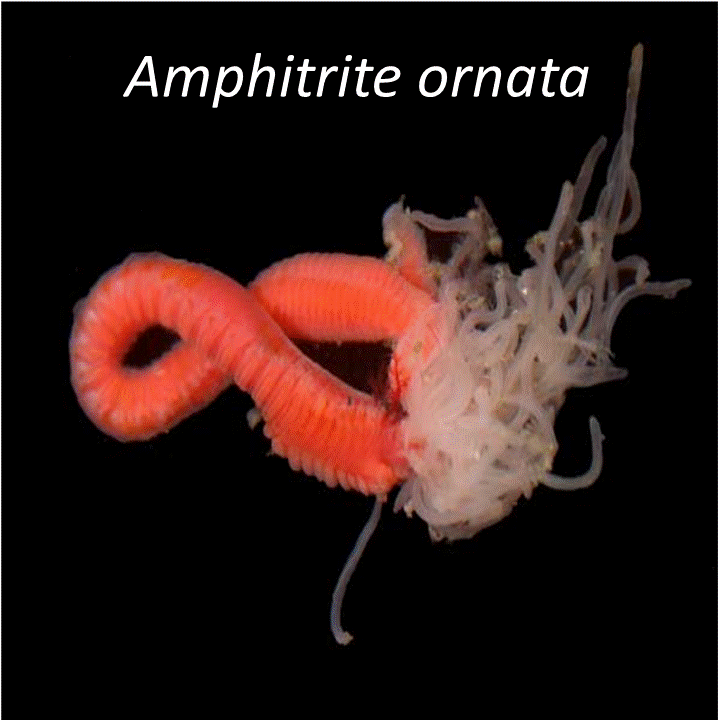| |
| A hemoglobin structure with multiple functions |
| |

The protein known as dehaloperoxidase (DHP) was initially discovered in 1977 by Bonaventura's group at Duke University as the hemoglobin of Amphitrite ornata. The protein was resdiscovered by Lincoln's group at the University of South Carolina in their search for a peroxidase that was thought to be responsible for the degradation of halogenated phenols. Brominated phenols are the widely dispersed toxic compounds in benthic ecosystems. The initial publication of X-ray crystal structures of DHP included an unusual structure with 4-bromo-phenol bound inside the distal pocket of the globin.
Since the publication of the initial structure with 4-bromophenol bound inside the globin, there have been more than a dozen structures with other even larger molecules bound in the pocket. There are at least two different binding sites. They are known as the alpha and beta site to indicate that the substrates are bound nearer to the alpha or beta edge of the heme. All attempts to crystallize DHP with a molecule bound outside the protein have failed. This is not surprising. Crystal packing forces would likely be disrupted by the external binding of a substrate. Since there is good kinetic and spectroscopic data that suggest that the peroxidase mechanism in DHP is a "standard" mechanism with a substrate bound externally at the heme edge the lack of a structure presents a problem for detailed analysis of the mechanism and triggering of DHP to switch from hemoglobin to peroxidase function. For that reason we have conducted studies using paramagnetic NMR. In these experiments the met-CN form of DHP is used. The unpaired electron spin causes a large chemical shift dispersion of amino acids nearest to the heme. They also have an effect on the heme methyl groups through a hyperfine interaction. The experiments and information obtained are described in the link below.
| |
|
|